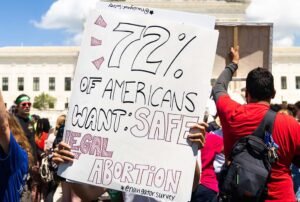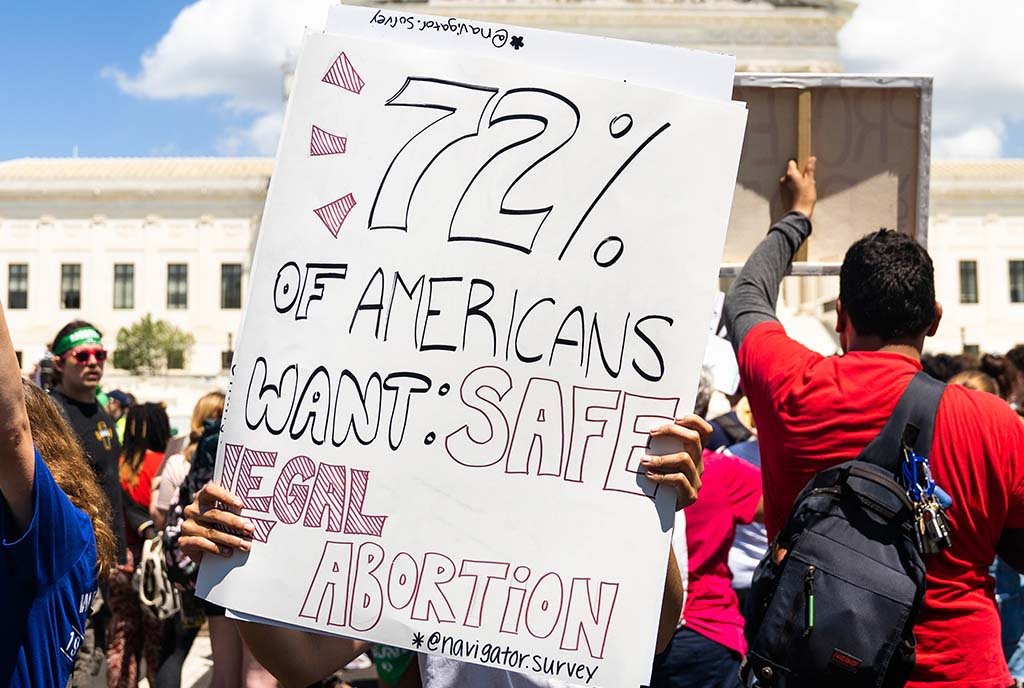May 16, 2016; Los Angeles Times
With the country having an eight-member U.S. Supreme Court following the death of Antonin Scalia in February, there has been concern that major decisions may be delayed due the Court’s current 4-4 ideological split. Yesterday’s three-page decision simultaneously represents an 8-0 unanimous decision (with brief concurring opinion by Sonia Sotomayor) and signs of compromise between the parties to the lawsuits.
The plaintiffs (also referred to as petitioners) in the lawsuits are religious organizations, including the Catholic dioceses of Pittsburgh and Washington, D.C., East Texas Baptist University, Grinnell College, a Reformed Presbyterian college in Pennsylvania, and the “The Little Sisters of the Poor Home for the Aged in Denver, Colorado.” They have challenged the federal government’s authority under the Affordable Care Act (ACA), or Obamacare, to mandate that religious employers with philosophical objections to artificial contraception be forced to pay for employees’ insurance policies that include coverage for these birth control methods. The legal basis for their claim is that the mandate violates the Religious Freedom Restoration Act (RFRA) of 1993.
The court had asked the parties in late March whether a framework for compromise was possible, and it appears that a framework has been developed. Quoting from yesterday’s decision:
Petitioners have clarified that their religious exercise is not infringed where they “need to do nothing more than contract for a plan that does not include coverage for some or all forms of contraception,” even if their employees receive cost-free contraceptive coverage from the same insurance company. […]The Government has confirmed that the challenged procedures “for employers with insured plans could be modified to operate in the manner posited in the Court’s order while still ensuring that the affected women receive contraceptive coverage seamlessly, together with the rest of their health coverage.”
Sign up for our free newsletters
Subscribe to NPQ's newsletters to have our top stories delivered directly to your inbox.
By signing up, you agree to our privacy policy and terms of use, and to receive messages from NPQ and our partners.
As a result of the ruling, the cases will be sent back to the lower courts, where the federal government and the plaintiffs will hammer out the specifics of a compromise. The decision was very specific in what it did not do:
The Court expresses no view on the merits of the cases. In particular, the Court does not decide whether petitioners’ religious exercise has been substantially burdened, whether the Government has a compelling interest, or whether the current regulations are the least restrictive means of serving that interest.
Nothing in this opinion, or in the opinions or orders of the courts below, is to affect the ability of the Government to ensure that women covered by petitioners’ health plans “obtain, without cost, the full range of FDA approved contraceptives.”
It’s tempting to say that the Supreme Court decided unanimously to not decide the case, thereby avoiding the potential spectacle of a 4-4 split decision on a politically controversial issue. More importantly from a legal and administrative standpoint, a 4-4 decision would let lower court decisions stand, meaning that different versions of the health insurance contraception mandate would remain in force in different parts of the country. If the parties are afraid of an evenly split court’s effect on their positions, and a compromise agreement on ACA implementation for religious organizations can be made, the Supreme Court can turn its attention to a list of equally contentious issues as it continues its wait for a ninth justice.—Michael Wyland













